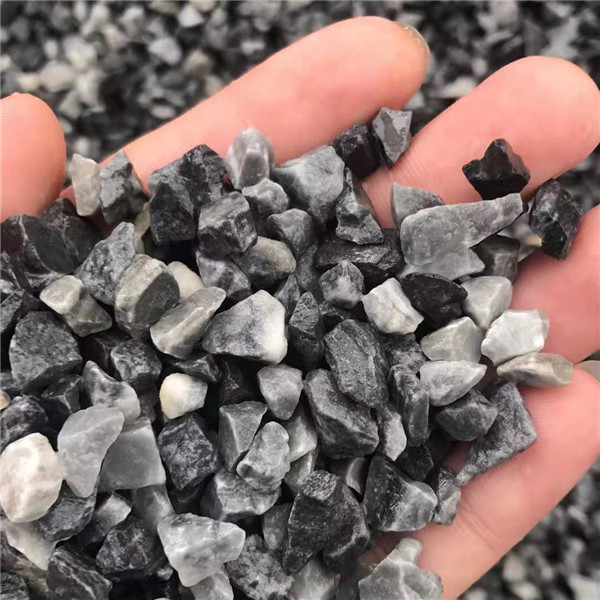Introduction

Cultured basalt, also known as basalt fiber reinforced polymer (BFRP), is a versatile material that has been gaining popularity in various industries due to its exceptional properties and sustainable characteristics. This article aims to explore the wonders of cultured basalt, its production process, applications across different sectors, and the environmental benefits it offers as a sustainable alternative to traditional materials.
Chapter 1: Understanding Cultured Basalt
Basalt is a volcanic rock formed from the rapid cooling of lava. It is characterized by its fine-grained texture and dark color, making it a popular choice for construction and decorative purposes. Cultured basalt, on the other hand, is a composite material that combines basalt fibers with a polymer matrix to create a strong and durable product.
The production process of cultured basalt involves melting basalt rock at high temperatures, extruding the molten material into fibers, and then weaving or aligning these fibers into a desired shape or form. The resulting basalt fibers are then combined with a polymer resin to create BFRP composites with excellent mechanical properties, such as high tensile strength, corrosion resistance, and thermal stability.
Chapter 2: Applications of Cultured Basalt
Cultured basalt finds a wide range of applications across various industries due to its unique properties and performance benefits. In the construction sector, BFRP composites are used for reinforcing concrete structures, such as bridges, buildings, and tunnels, to enhance their strength and durability. The lightweight nature of basalt fibers also makes them ideal for creating composite panels, pipes, and profiles for architectural and infrastructure projects.
In the automotive industry, cultured basalt is utilized for manufacturing components like body panels, engine parts, and interior trim pieces due to its high strength-to-weight ratio and resistance to heat and chemicals. Additionally, BFRP composites are increasingly being used in the aerospace and marine sectors for producing lightweight and corrosion-resistant components, such as aircraft fuselages, boat hulls, and wind turbine blades.
Chapter 3: Environmental Benefits of Cultured Basalt
One of the key advantages of cultured basalt is its eco-friendly nature and sustainable production process. Basalt rock is abundant in nature and widely available, making it a renewable resource for creating basalt fibers. Unlike traditional materials like steel or aluminum, the manufacturing of BFRP composites requires less energy and produces fewer greenhouse gas emissions, contributing to a reduced carbon footprint.
Furthermore, cultured basalt is fully recyclable and can be reused multiple times without losing its mechanical properties, making it a more sustainable alternative to single-use materials. By incorporating BFRP composites into various applications, industries can help reduce the impact of waste generation and promote a circular economy approach to resource management.
Chapter 4: Challenges and Future Prospects
Despite its numerous benefits, cultured basalt still faces challenges in terms of market acceptance, cost competitiveness, and standardization of production processes. The initial investment in machinery and equipment for manufacturing BFRP composites can be a barrier for small-scale producers, limiting the widespread adoption of the material across different sectors.
However, with Roofing slate and environmental impact in technology and growing awareness of sustainability issues, the demand for eco-friendly materials like cultured basalt is expected to rise in the coming years. Innovations in material science and engineering will likely lead to the development of new applications and products that leverage the unique properties of basalt fibers, further expanding the market for BFRP composites.
Conclusion
Cultured basalt offers a sustainable solution for a wide range of industries seeking to reduce their environmental impact and improve the performance of their products. With its exceptional mechanical properties, versatility, and eco-friendly characteristics, BFRP composites have the potential to revolutionize the way we design and construct structures, vehicles, and consumer goods in the future. By embracing the wonders of cultured basalt, we can build a more sustainable and resilient world for generations to come.
